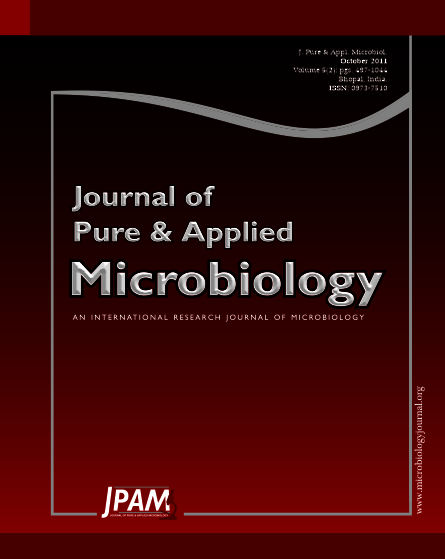Of the 300 strains of Xanthomonas citrii were isolated from the infected parts of citrus plant from Marathwada region. Eighteen representative strains were selected for further studies. These strains were characterized by biochemical methods. These strains were subjected to Aesculin test, milk hydrolysis, tween 80 lipolysis, gelatin liquefaction. All strains were positive for Aesculin test, gelatin liquefaction. Strain Xcc1, Xcc6, Xcc8, Xcc14, and Xcc16, were positive for milk hydrolysis while except strains Xcc8, Xcc14, Xcc16. All strains were positive for tween 80 lipolysis. These strains were further used for pathogenicity test to confirm pathogenic nature of Xanthomonas. The study of whole cell protein profile was done for showing relationship among the isolated strains of Xanthomonas by UPGMA cluster analysis. Similarly index suggested the isolates were distinguished into four clusters representing different area or region.
Xanthomonas, SDS-PAGE, Pathogenicity
© The Author(s) 2011. Open Access. This article is distributed under the terms of the Creative Commons Attribution 4.0 International License which permits unrestricted use, sharing, distribution, and reproduction in any medium, provided you give appropriate credit to the original author(s) and the source, provide a link to the Creative Commons license, and indicate if changes were made.


